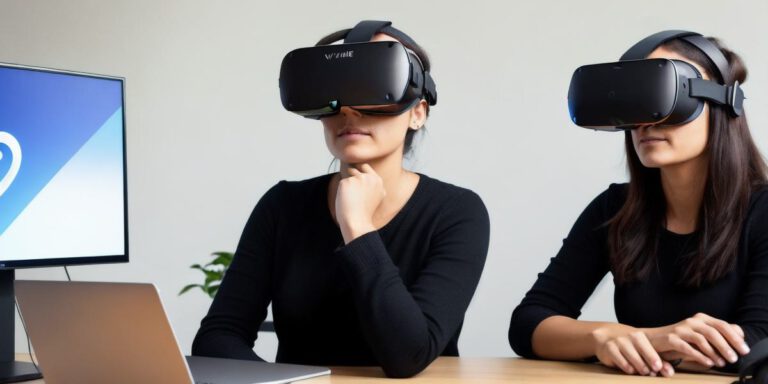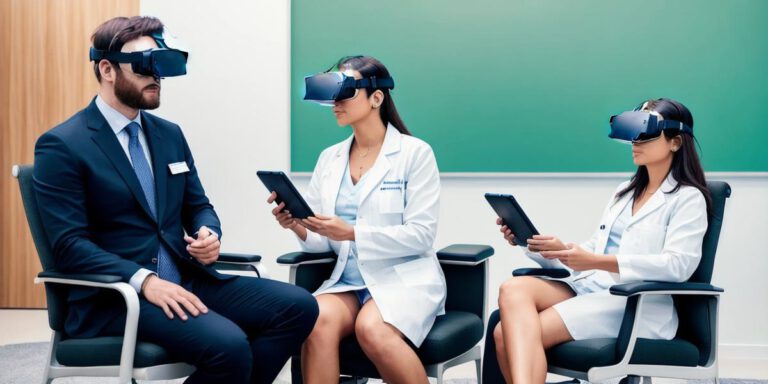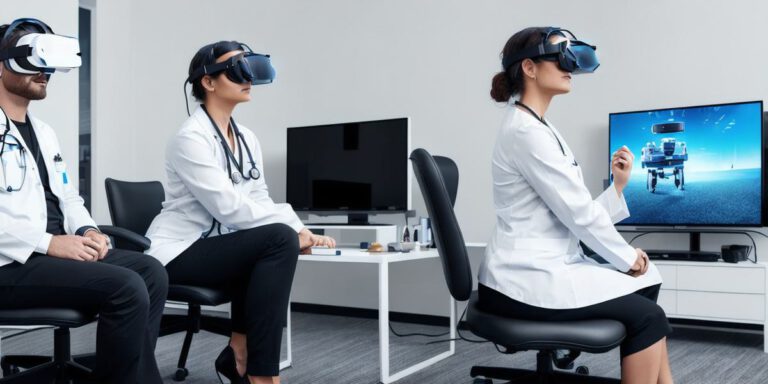Unlocking the Potential of AR-enabled Remote Diagnostics: A Game-Changer for Telemedicine

The COVID-19 pandemic has accelerated the adoption of telemedicine, with remote consultations and diagnostics becoming an integral part of healthcare delivery. However, traditional methods of diagnosis have limitations that can lead to misdiagnosis and delayed treatment. AR-enabled remote diagnostics offer a solution by providing physicians with augmented reality tools for accurate assessments.
One of the challenges in remote diagnostics is the lack of physical examination, which is critical for diagnosing certain conditions. AR technology allows physicians to overlay digital information onto the real world, enabling them to perform virtual examinations and make more informed decisions. For example, a dermatologist can use AR to view a patient’s skin in high resolution and compare it to a database of images of known skin conditions. This can help with early detection and treatment of skin cancer.
Another challenge is the lack of access to specialized equipment, which can be expensive and require extensive training to use. AR technology eliminates these barriers by providing physicians with virtual tools that mimic specialized equipment. For instance, an ophthalmologist can use AR to view a patient’s eye in high resolution and compare it to a database of images of known eye conditions. This can help with early detection and treatment of glaucoma.
AR technology also has the potential to improve patient outcomes by reducing errors and improving efficiency. By providing physicians with real-time information, AR can help reduce diagnostic errors and save time. In addition, AR can help physicians communicate more effectively with patients by providing them with visual aids that can help explain complex medical conditions in a more accessible way.
One example of the potential of AR technology is the use of remote monitoring for patients with chronic conditions. With AR, patients can wear devices that collect data on their vital signs and transmit it to physicians in real-time. This allows physicians to monitor patients remotely and make adjustments to treatment plans as needed. For instance, a patient with diabetes can use an AR-enabled device to monitor their blood sugar levels and receive notifications when their levels are outside of a healthy range.
In conclusion, AR-enabled remote diagnostics offer a game-changer for telemedicine by providing physicians with augmented reality tools for accurate assessments. By overcoming the limitations of traditional methods of diagnosis, AR technology can improve patient outcomes and reduce healthcare costs. As AR technology continues to evolve, it will undoubtedly become an integral part of healthcare delivery in the years to come.








